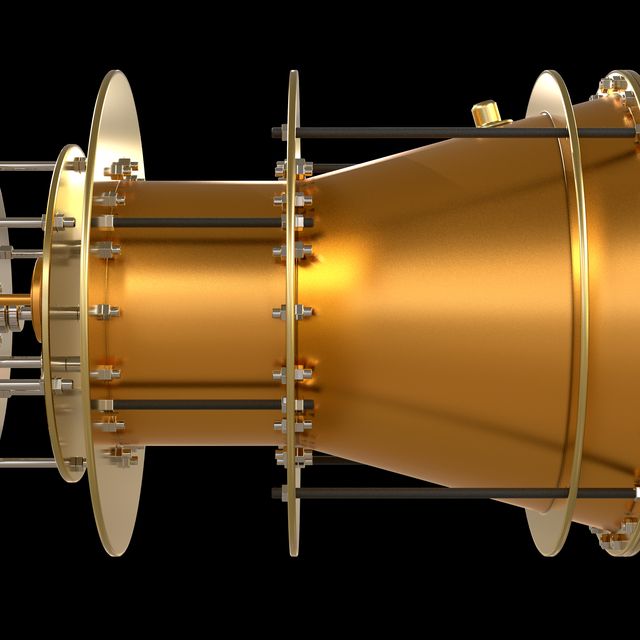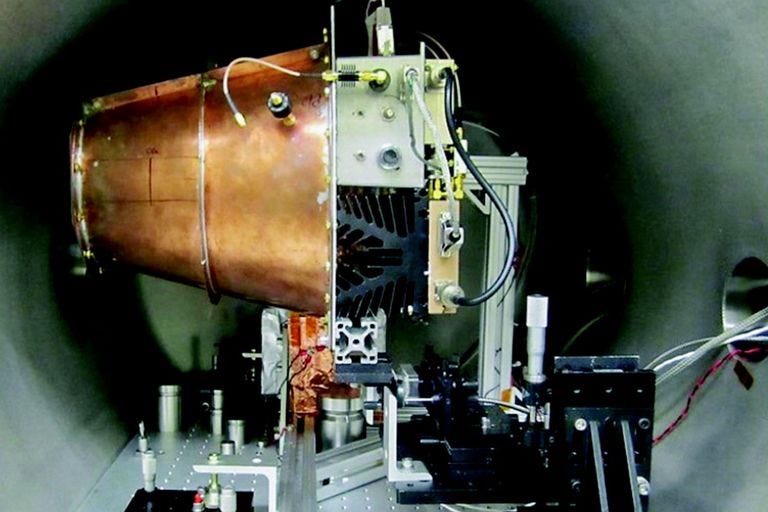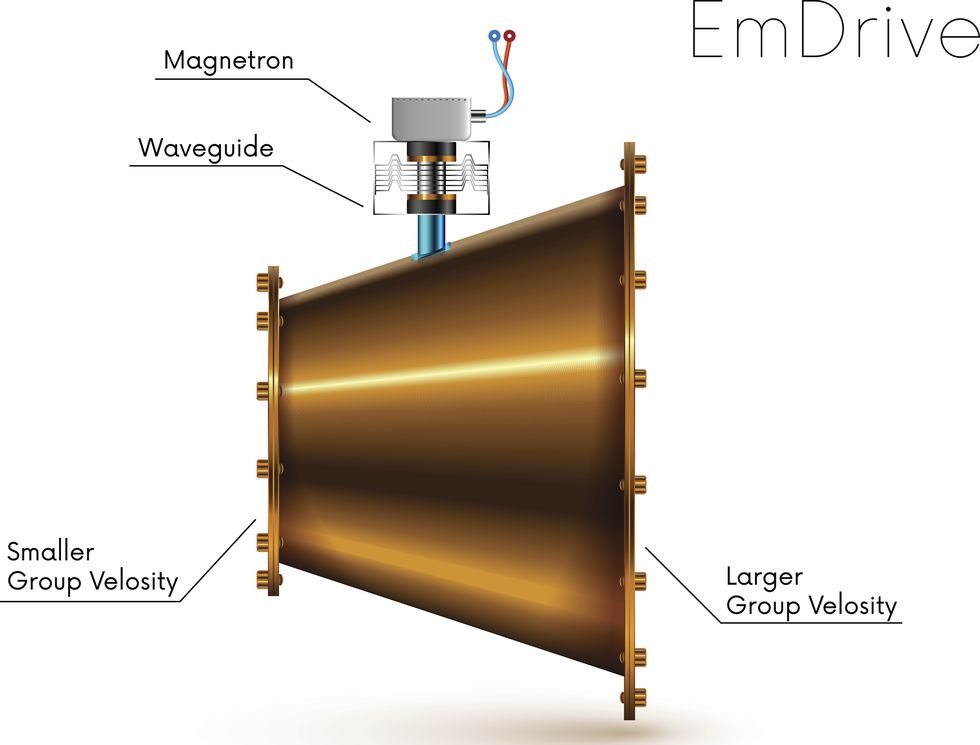can we make automobile traction power from light?☝
=============================================
may be foolish but mind goes on its own trajectory
When light shines on a metal, electrons can be ejected from the surface of the metal in a phenomenon known as the photoelectric effect. This process is also often referred to as photoemission, and the electrons that are ejected from the metal are called photoelectrons.
question is how to get all that electrons to power a car?
Let my idle mind think
.......................................................................................................................................................
AI overview
You can also take a look at this video:
Search Results
Scientists Just Killed the EmDrive[i think it is a bloody lie]
After failing critical thrust tests, the "impossible" engine has proven to be just that.
- The “impossible” EmDrive has failed international testing in three new papers.
- The idea was always far out, but that’s part of how science moves forward.
- EmDrive works (or not) by pumping microwaves into an asymmetrical closed chamber.
In major international tests, the physics-defying EmDrive has failed to produce the amount of thrust proponents were expecting. In fact, in one test at Germany’s Dresden University, it didn’t produce any thrust at all. Is this the end of the line for EmDrive?
➡ You think space is badass. So do we. Let’s nerd out over it together.
The EmDrive, copyrighted by its parent company SPR Ltd, theoretically works by trapping microwaves in a shaped chamber where their bouncing produces thrust. The chamber is closed, meaning from the outside, it will appear to simply move without any fuel input or any thrust output.
SPR Ltd explains:
“This relies on Newton’s Second Law where force is defined as the rate of change of momentum. Thus an electromagnetic (EM) wave, travelling at the speed of light has a certain momentum which it will transfer to a reflector, resulting in a tiny force.”
This accumulated tiny force in great quantity is what enables the EmDrive, the company says—which sounds simple, but also essentially rips apart our existing understanding of physics. No energy is going in or coming out, so how are the waves initialized, how do they continue to move, and where is their momentum coming from?
You can’t have spontaneous, created momentum without an explicable push, which is why many scientists don’t take the EmDrive seriously. If the EmDrive works, then it invalidates much of what physicists know about the universe.
Still, several research groups, including NASA’s Eagleworks (formally known as the Advanced Physics Propulsion Laboratory, set up to explore new technologies) and DARPA, the Defense Department’s research projects agency, have continued exploring the viability of the EmDrive.
Why? Because the concept could “transform space travel and see craft lifting silently off from launchpads and reaching beyond the solar system,” Mike McCulloch, a lecturer in geomatics at the University of Plymouth, U.K., and leader behind DARPA’s EmDrive project, told Pop Mech last year. “We can also get an unmanned probe to Proxima Centauri in a (long) human lifetime, 90 years.”
DARPA’s investment in the EmDrive began in 2018 and runs through May 2021. But it’s possible the project will fizzle out unless there are tangible results—and that brings us to the new tests.
The crux of the EmDrive is if you bounce microwaves around inside the tube, they exert more force in one direction than the other, creating a net thrust without the need for any propellant. And when NASA and a team at Xi’an in China tried this, they actually got a small-but-distinct net force.
Now, however, physicists at the Dresden University of Technology (TU Dresden) are saying those promising results showing thrust were all false positives that are explained by outside forces. The scientists recently presented their findings in three papers at Space Propulsion Conference 2020 +1, with titles like “High-Accuracy Thrust Measurements of the EmDrive and Elimination of False-Positive Effects.” (Read the other two studies here and here.)
Using a new measuring scale and different suspension points of the same engine, the TU Dresden scientists “were able to reproduce apparent thrust forces similar to those measured by the NASA team, but also to make them disappear by means of a point suspension,” researcher Martin Tajmar told the German site GreWi.
The verdict:
“When power flows into the EmDrive, the engine warms up. This also causes the fastening elements on the scale to warp, causing the scale to move to a new zero point. We were able to prevent that in an improved structure. Our measurements refute all EmDrive claims by at least 3 orders of magnitude.”
Interested parties have described the tests as EmDrive’s “do-or-die” moment, and it seems like the outcome points to die—for now.
DARPA’s investment in the impossible EmDrive is quite small, at least, and this certainly isn’t the wildest thing DARPA has spent money on. Moreover, space travel has roused a number of outlandish ideas for propulsion as scientists try to think as far outside the box as possible in order to shake loose new and revolutionary concepts.
And in this case, the results helped to move science forward, even though the EmDrive itself was not a success. Tajmra told GreWi:
“Unfortunately, we weren’t able to verify any of the drive concepts, but we were able to greatly improve our measurement technology as a result, so that we can of course continue researching in this science area and perhaps discover something new.”
There could be parts of EmDrive technology that sneak through into veracity, or an entirely new concept waiting just around the corner at DARPA. Now, scientists are ready to measure other tech without making the same false positives again.
......................................................................................................................................................................
.................................................................................................................................................................



No comments:
Post a Comment